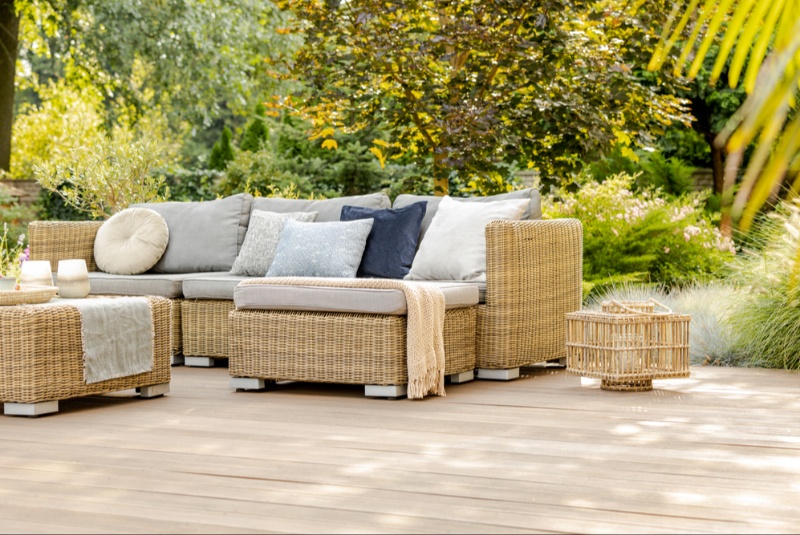Skateboarding, a popular sport and form of expression, requires not just skill and practice but also a dependable skateboard. Whether you are a beginner or an experienced skater, choosing a durable skateboard is crucial for a safe and enjoyable experience. This 1,300-word article will guide you through the key aspects of selecting a skateboard that meets your needs in terms of durability, performance, and style.
Understanding Skateboard Anatomy
A skateboard comprises several components, each playing a crucial role in its overall performance and durability. The main parts include the deck, trucks, wheels, bearings, and grip tape. Understanding the function and quality markers of each component is the first step in choosing a durable skateboard. This section will provide an overview of these components, laying the groundwork for making an informed decision.
Choosing the Right Deck: Material and Size
The deck, the flat board you stand on, is the heart of the skateboard. Decks are typically made of layered wood (like maple), but some are made of composite materials for extra durability. The width and length of the deck should match your skateboarding style and foot size. A wider deck offers more stability, which is ideal for beginners, while a narrower deck allows for more intricate tricks. The quality of the wood and the number of layers (usually 7-9 ply) also contribute to the deck’s strength and durability.
Skateboard Trucks: Quality and Compatibility
Trucks, which attach the wheels to the deck, are vital for the skateboard’s handling and responsiveness. High-quality trucks are usually made of durable metals like aluminum or steel. The width of the trucks should be compatible with your deck size – too wide or too narrow can affect the skateboard’s performance. The hardness and quality of the bushings in the trucks also affect maneuverability and stability.
Wheels and Bearings: Selecting for Performance and Longevity
The wheels and bearings greatly influence the skateboard’s ride. Wheels come in different sizes and hardness levels. Larger, softer wheels are better for cruising and grip, while smaller, harder wheels are designed for street and park skating. The bearings, rated by the ABEC scale, determine how smoothly and quickly the wheels spin. Higher ABEC ratings generally indicate higher precision and efficiency, but for skateboarding, ABEC 5 or 7 is typically sufficient.
Grip Tape Quality: Ensuring Secure Footing
Grip tape is the sandpaper-like layer applied to the top of the deck. It provides traction and helps keep your feet securely on the board. High-quality grip tape is crucial for control and safety, especially for performing tricks. Look for grip tape that offers a good balance of grip and durability without being overly abrasive.
Durability and Flexibility: Balancing the Two
The durability of a skateboard is important, but it should not come at the expense of flexibility. A good skateboard should withstand regular wear and tear while still providing the right amount of flex for tricks and turns. The deck’s material and construction play a significant role in this balance. This section will discuss how to assess the durability and flexibility of a skateboard and why finding the right balance is key.

Aesthetic Appeal: Style on Wheels
While performance and durability are paramount, the aesthetic appeal of a skateboard can also be a deciding factor. Skateboards come in various designs, from minimalist to highly graphic styles. Customizable decks, where you can choose your own graphics, allow for personal expression. Consider the visual aspects that resonate with your style while ensuring that the artistic elements do not compromise the board’s functionality.
Skateboarding Style and Personal Needs
Your skateboarding style and personal needs should guide your choice of skateboard. Street skaters might prefer a different type of board compared to those who frequent skate parks or bowls. Beginners might look for more stability and ease of use, while experienced skaters may prioritize boards that enhance trick performance. This section will help identify the type of skateboard suited to various skating styles and skill levels.
Price and Brand Reputation
The price of skateboards can vary greatly, and often, you get what you pay for. Investing in a higher-priced board from a reputable brand can offer better quality and longevity. Research brands known for their durability and customer satisfaction. However, there are also mid-range boards that offer good value for beginners or casual skaters.
Maintenance and Upkeep for Longevity
Proper maintenance and care can extend the life of your skateboard. Regular cleaning, checking for loose components, and proper storage all contribute to a skateboard’s longevity. This section will provide tips on maintaining your skateboard, including how to clean and store it correctly.
Making a Smart Skateboarding Choice
Choosing a durable skateboard involves considering various factors, including the quality of components, your skateboarding style, and personal preferences. By understanding these aspects, you can select a skateboard that offers not only durability but also aligns with your skating goals. Remember, a well-chosen skateboard is not just a means for transport or a tool for tricks; it’s a partner in your skateboarding journey, offering reliability and enjoyment with every ride.




